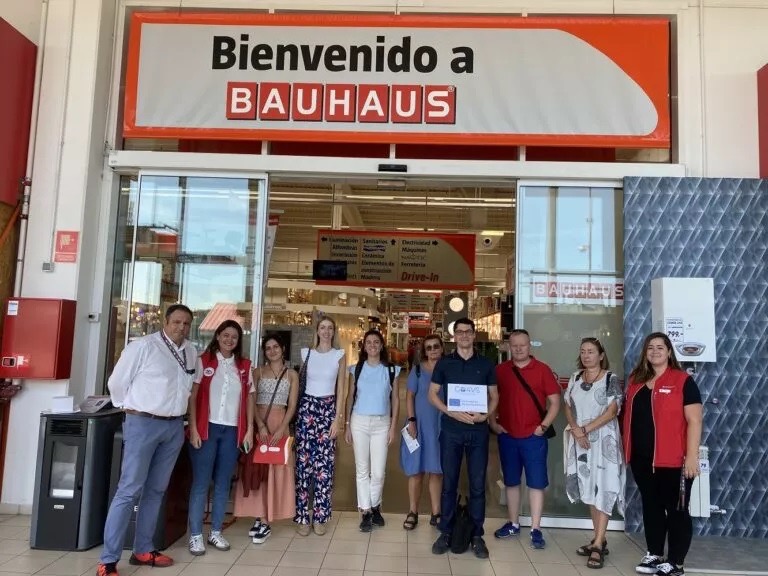The lack of an appropriate instrument allowing schools to assess students’ competences as a whole has serious consequences, including: a mismatch between the needs of employers and the qualifications of new graduates, especially those with a technical profile. By competence we mean a combination of knowledge, skills and attitudes that enable people to perform professional tasks at an appropriate level. A technical secondary school graduate well prepared to enter the labour market should have a set of soft and hard skills appropriate to the specific occupation and position. However, a problem that is particularly visible in technical education is that the vast majority of educational activities focus on the acquisition by students of an appropriate level of occupational competences, including theoretical knowledge and practical skills.
In the framework of the Go4VocationalSkills project, we undertook to develop a computer system that will allow the integrated assessment of the level of competences of technical school students. In the solution, we used multivariate comparative analysis methods to assess the differences between the level of competences required by employers and those presented by students. In the project, we distinguished 12 types of competencies, for which we indicated the requirements on a scale from 0 (no competency, not required) to 4 (ability to perform advanced tasks).
Table 1 Types of capacities
1 | Professional – theoretical knowledge |
2 | Professional – practical skills |
3 | ICT – the knowledge of software |
4 | Linguistics – knowledge of foreign languages |
5 | Analytical – ability to solve problems |
6 | Interpersonal relations – communication, teamwork |
7 | Interpersonal relations – working in different groups (e.g. multicultural, multigenerational) |
8 | In terms of organisation and self-organisation – time management, independence |
9 | In terms of creativity – generating new ideas, creative working style |
10 | On learning – opening up to continuous development |
11 | Personal – loyalty, commitment, responsibility |
12 | Personal – resilience capacity (e.g. for stress, time pressure) |
Table 2 Levels of competence
Level 0 | Not required |
Level 1 | Necessary to perform simple routine tasks that form the basis for further and more specialised activities |
Level 2 | Necessary to perform tasks in typical situations |
Level 3 | Necessary to perform complex tasks, both in typical and problematic conditions |
Level 4 | Necessary for performing many complex tasks of various kinds. Leadership skills Where appropriate |
Competency profiles defining a set of desirable competences (i.e. knowledge, skills and attitudes) emerged as a result of a primary survey between employers and VET teachers. For each competency, we identified the desired level for each selected occupation and position. As part of the project, we prepared profiles for 15 positions in 3 occupations: construction technician, logistics technician and renewable energy technician. To assess the level of students’ competences, we used a multiple-choice test covering a set of questions related to all types of competences. We prepared sets of test questions and the computer system randomly selected 4 questions each to test the level of individual competencies. The comparison of the results obtained by the student with the competency profile allows to determine the degree of match with the expectations of potential employers for occupations related to the indicated fields of education. The results of the comparison are presented in tabular and graphical form using bar charts, and their correct interpretation is facilitated by the prepared application guide.
Test results can be used to assess the level of the ability gap of students and to prepare developmental pathways that meet individual needs.
The project is implemented in a Polish-Spanish-Bulgarian-Bulgarian-Greek partnership. Each result is prepared in a preliminary version and subjected to extensive testing. After collecting comments, we correct the preliminary version to create the final version.
More about the project and its results:


